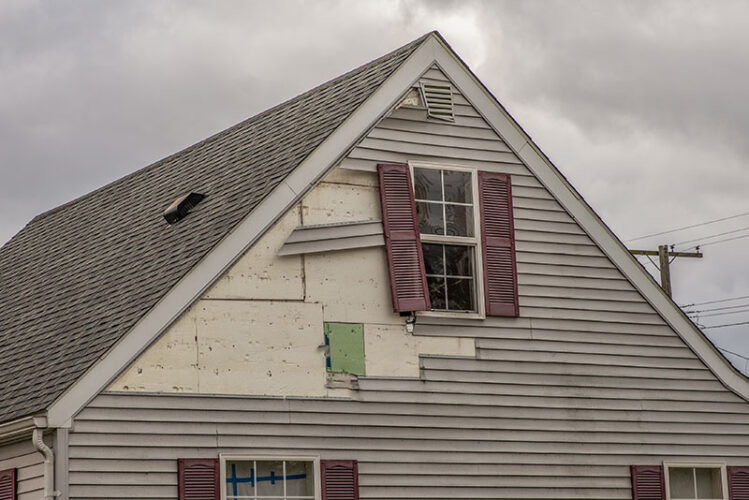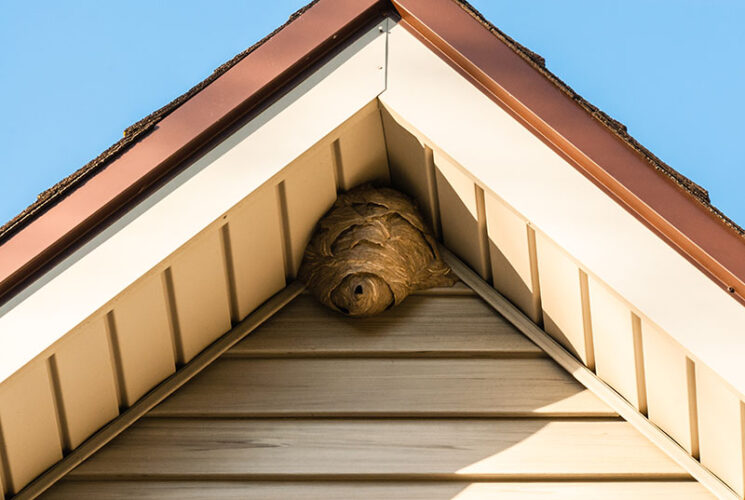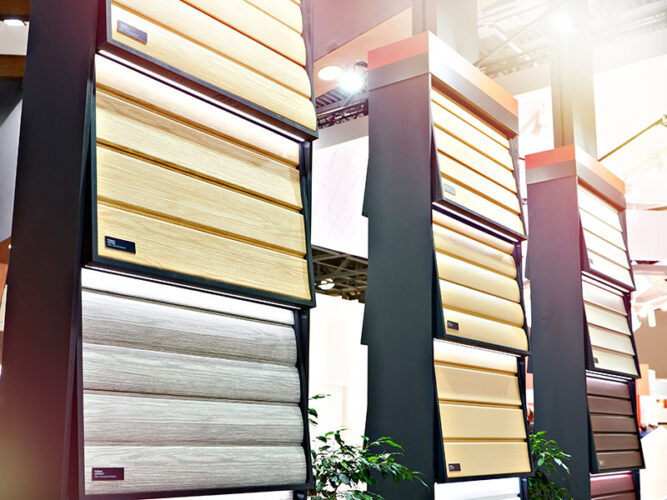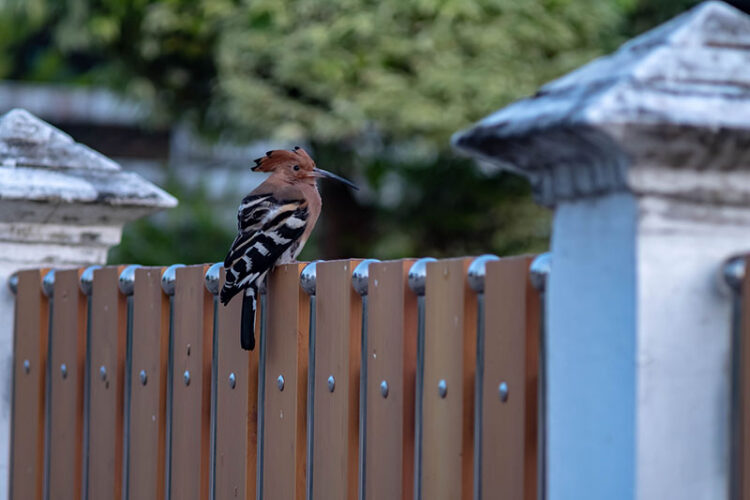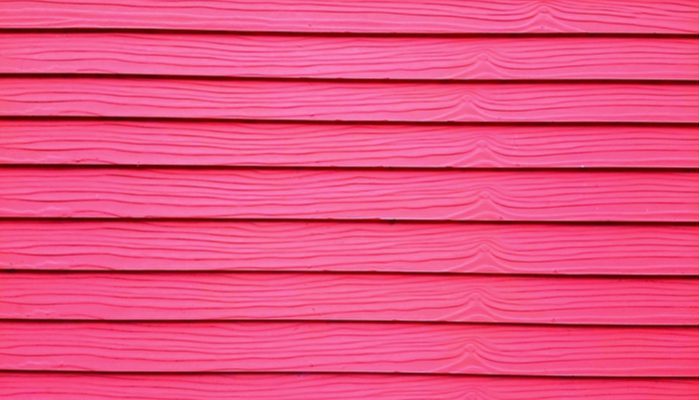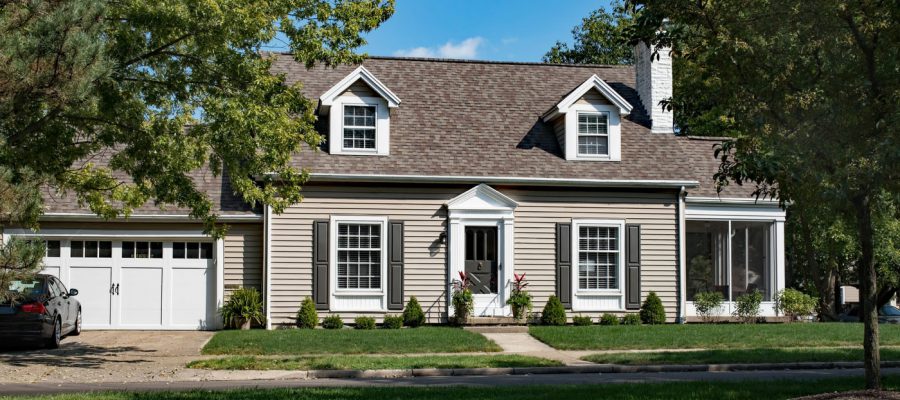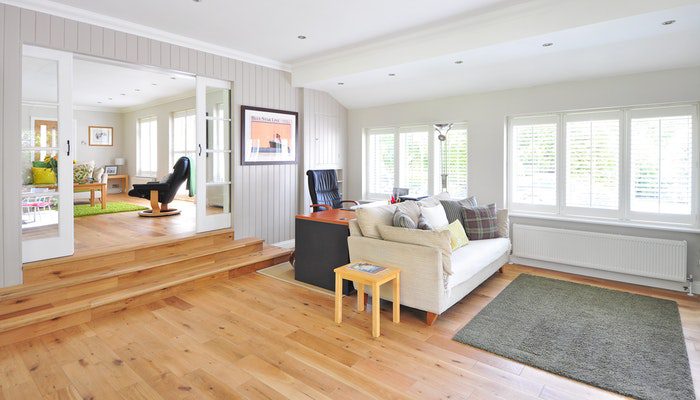How to Get Rid of Bees in Siding
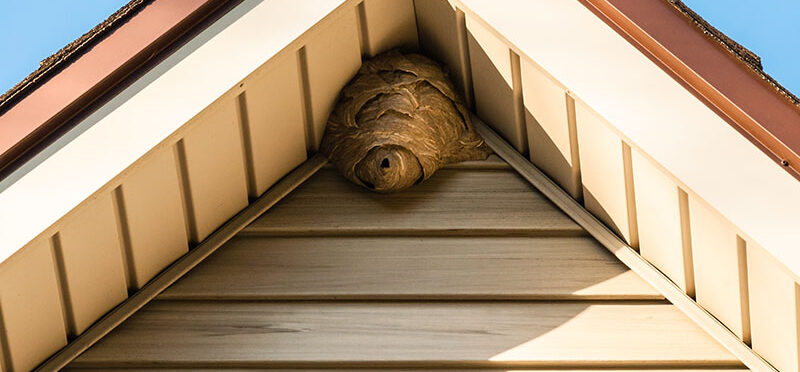
Your siding is a five-star hotel to neighborhood bees. New swarms love nothing more than a permanent cavity that’s protected from the elements and, while they’re unlikely to cause structural damage, their combs and honey can cause rot, mold, and mildew. If you’ve unwittingly become an Air B & Bee, there are strategies that can help.
How to prevent bees in siding
Once a scout bee has identified the right home, the swarm follows rapidly, so “immediately” is always the best time to bee-proof your home. You can only prevent bees under siding by making your house inaccessible. These intelligent bugs look for entry points of an inch or more, so you’ll need to seal off your walls.
Metal screens and caulk will give you results provided you’ve acted early enough. Unused equipment and appliances are just as attractive, so you finally have a legitimate reason to keep your yard clear. Bees love lush vegetation, so try to keep your garden primped and pruned.
How to deal with carpenter bees behind vinyl siding
The first step to removing bees behind siding is identifying the position of the hive. Once you’ve found the hole, the trapping process will take four to six weeks. Bees are valuable to professional bee keepers, so they often perform this work free of charge.
They’ll usually need to create an 18 by 3/8 inch mesh cone over the entry point and place a queen nearby. This lets bees exit the trap, but blocks entry afterwards. Once the decoy hive has absorbed your residents, they can be moved away from your home.
If your siding has been turned into a bee hotel, make sure the entire honeycomb has been removed. Even the slightest traces of previous swarming will attract a new colony. Foraging bees often require the removal of siding and soffit, so beekeepers don’t always have the skill required to prevent a second infestation, so always follow up with an appropriate contractor.
How to deal with bees behind siding on your own
If you’re determined to deal with your hive on your own, you can apply bug spray on vinyl siding. Propoxur, chlorpyrifos, and azinphos-methyl are highly toxic to bees and usually come in powdered form. Bees are dormant at night, so poisoning is best done after sunset.
Once your bees have started dreaming, apply your mixed your solution to your hive’s exit and entry points with a spray bottle and a pair of gloves. Mark those points so that you can check that the queen has been killed once the rest of the hive has died.
If you prefer a non-fatal solution, you have several other options:
- Moth balls near the hive will coax bees to move.
- Cinnamon might encourage your hive to vacate your siding within a week.
- A vinegar and water blend sprayed directly on nesting bees could yield results within a day or two.
- Planting bee-repellant plants like mint and citronella might make your home less comfortable.
- A bee smoker can deal effectively with insects under vinyl siding. Your local hardware store should stock these useful tools.
Once you’ve gotten rid of the bees living in your house siding, you’ll need to remove their pheromones because they’ll attract a second hive. Soap and water should do the trick, provided you remove all traces of wax and honey.
Africanized bee stings can be fatal, so the best solution is to call an expert. Prevention, as always, is better than cure, though, so you should make your siding unattractive to bees before they take up residence in your home.
Need help with a siding project. Click here for a free estimate.
Related Article: How to keep your siding looking new.
Get a Free Estimate Today
50% off installation. Special financing available. See details.

